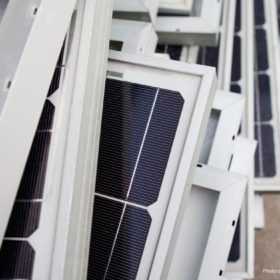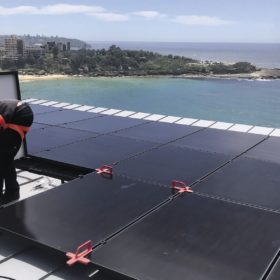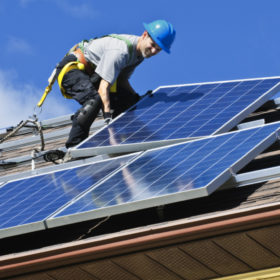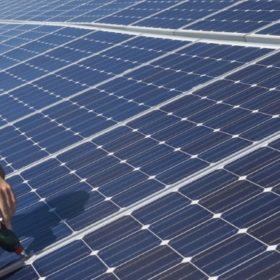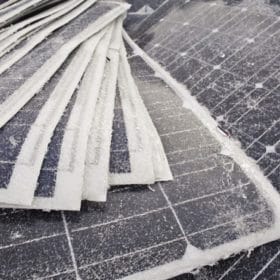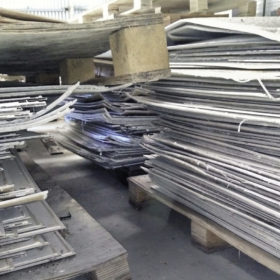Panel recovery plants using European tech to open in Queensland ahead of national rollout
Queensland will soon be home to two solar recycling and materials recovery plants after Solar Recovery Corporation announced its partnership with La Mia Energia, an Italian consortium which has developed a panel recycling process it claims can recover up to 99% of raw materials. The partnering companies are planning to expand across Australia in the next two years.
Reuse or replace? Analysis considers all options for underperfoming PV modules
In a new report, experts from the International Energy Agency Photovoltaic Power System Programme (IEA-PVPS) have assessed the economical and environmental benefits of repairing and reusing or replacing solar modules that are not complying with a 30-year expected lifetime. They found that reusing offers the best environmental impact in all cases, while the profitability of this option is currently guaranteed only by rooftop PV under certain conditions. As for large-scale solar, module replacement remains the most competitive option.
Sunday read: Out of landfill, back in the stream
With technological progress, falling costs, and favourable subsidies all incentivising Australian households to replace serviceable modules and upgrade their rooftop array, a stockpile of useable second-hand modules is mounting. But efforts to embrace reuse rather than refuse are taking shape.
Stop removing your solar panels early, please. It’s creating a huge waste problem for Australia
Charles Darwin University’s Deepika Mathur, and Imran Muhammad of Massey University in New Zealand reveal surprising results from their study into why Australians are retiring solar panels before their time, and what it means for our material footprint and the environment.
Australia’s first large-scale solar panel recycling operation amps up collection of precious “waste”
Reclaim PV is a step closer to ensuring solar generation lives up to the promise of providing clean energy throughout its lifecycle, and that repurposing of its component materials becomes viable.
Weekend read: The afterlife of solar panels
Use of the term “circular economy” is growing in virtually every industry worldwide – solar included. As noted throughout Q3, in the UP initiative’s focus on circular manufacturing, work is already underway to integrate circular principles into all areas of business, from internal operations and supply chain management to manufacturing and installations. In a recent analysis of PV recycling, BloombergNEF detailed six conclusions for the solar industry and those who are trying to make it more circular. Cecilia L’Ecluse, solar associate, and Julia Attwood, head of advanced materials at BloombergNEF share these conclusions as part of our quarterly theme on PV module recycling.
Solar panel recycling: Turning ticking time bombs into opportunities
Australia has certainly demonstrated its appetite for solar power. Now, with the average lifespan of a solar panel being approximately 20 years, many installations from the early 2000’s are set to reach end-of-life. Will they end up in landfill or be recycled? The cost of recycling is higher than landfill, and the value of recovered materials is smaller than the original, so there’s limited interest in recycling. But given the presence of heavy metals, such as lead and tin, if waste is managed poorly, we’re on track for another recycling crisis. A potential time bomb could present itself as an opportunity, however, if the global EV industry showed an interest in the recovered solar products.

